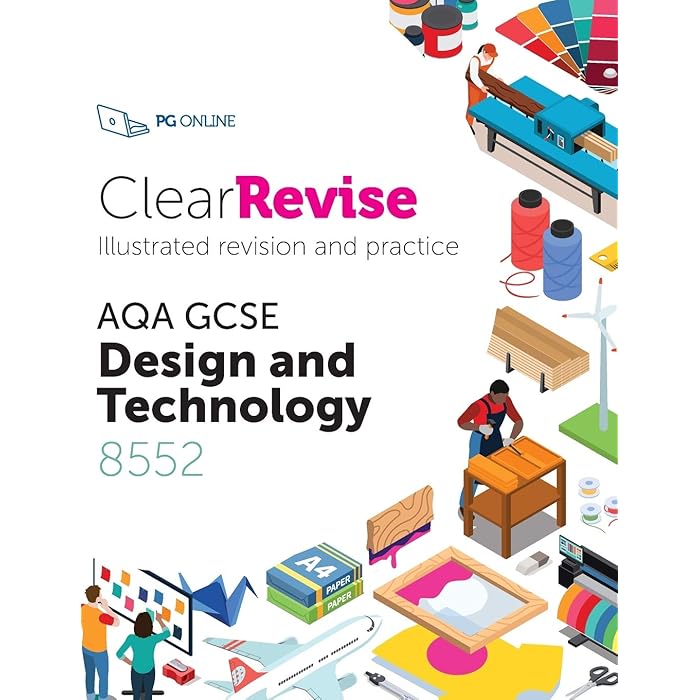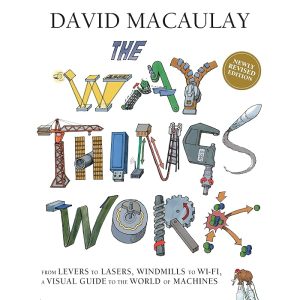Description
GCSE AQA Design and Technology is a course designed to help students develop their understanding and skills in design, technology, and manufacturing. It is part of the AQA (Assessment and Qualifications Alliance) GCSE offerings, which means it is one of the most common exam boards in the UK. The subject allows students to engage with a wide range of design principles and challenges, learning about both practical and theoretical aspects of design and technological processes.
### Key Areas of Study:
1. **Core Knowledge (Theory):**
The theoretical component covers key topics such as:
– **Materials and Components:** Students learn about different types of materials (e.g., woods, metals, plastics, textiles) and their properties. They also learn about composite materials and how they are used in product design.
– **Designing and Prototyping:** The design process is emphasized, including how to develop ideas, create prototypes, and test them. Students learn about tools and equipment used in the design and manufacturing process.
– **Manufacturing and Production Techniques:** This includes both traditional and modern manufacturing processes, such as casting, injection molding, 3D printing, and more.
– **Sustainability and Environmental Impact:** The course teaches students how design decisions affect the environment and how sustainable practices can be integrated into product development.
– **Systems and Control:** Focus on how mechanical and electronic systems work, including the use of sensors, actuators, and microcontrollers.
2. **Practical Application (Design and Make Task):**
– This part of the course involves students applying their theoretical knowledge to a design challenge, where they create a product or solution. Students must:
– Identify a problem or opportunity.
– Develop a design brief.
– Use a range of design and manufacturing techniques to create a prototype or finished product.
– Evaluate their work.
This task is worth a significant portion of the GCSE grade, and it involves a written report to accompany the practical work.
3. **Exams:**
The exam component is based on the theoretical content covered throughout the course. The final exam consists of multiple-choice questions, short-answer questions, and extended-answer questions. Students are tested on their knowledge of materials, manufacturing methods, design principles, and current issues in technology.
4. **Design and Technology in the Real World:**
Students are encouraged to consider the role of design and technology in the real world. This includes:
– **Innovative Products and Emerging Technologies:** The impact of new and emerging technologies on design and manufacturing.
– **The Role of the Designer:** Understanding the role that designers play in the development of new products and solutions.
– **Ethics and Social Responsibility:** Issues such as fair trade, labor practices, and the societal impact of technological advancements.
### Assessment Structure:
– **Paper 1:** This is the written exam (2 hours), focusing on the theoretical knowledge of design and technology. It is worth 50% of the overall GCSE grade.
– **Non-Exam Assessment (NEA):** This is a coursework component that involves a design and make task. It is worth 50% of the overall GCSE grade.
### Skills Developed:
Students develop both technical and creative skills, including:
– Problem-solving and critical thinking.
– Technical drawing and computer-aided design (CAD).
– Prototype development and testing.
– Collaboration and communication skills.
### Career Pathways:
GCSE Design and Technology can lead to further studies in fields such as:
– Product Design
– Engineering
– Architecture
– Graphic Design
– Fashion Design
– Industrial Design
– Manufacturing and Production Management





Reviews
There are no reviews yet.